Stellantis CEO Claims Electrifications Costs Are "Beyond The Limits"
【Summary】The CEO went on to say that the external pressure on automakers to switch to electric cars could threaten jobs and affect vehicle quality.

If automakers weren't being forced to make electric vehicles because of emissions and fuel regulations, Stellantis, which was previously FCA, would never make an electric car. The brand that houses Dodge, Jeep, Alfa Romeo, Maserati, and Chrysler has paid Tesla hundreds of millions of dollars a year on regulatory credits instead of focusing its efforts on electric vehicles. A report from CNBC earlier this March stated that FCA spent $362 million on regulatory credits in 2020 for the European market. The majority of credits FCA purchased came from Tesla.
EV Adoption Could Affect Auto Industry
Stellantis can no longer rely on automakers for credits and finally has to start developing electrified vehicles if it wants to sell cars. That explains why Dodge is finally putting the Charger and Challenger Hellcat to rest in the upcoming few years and Jeep has introduced an electrified version of the Wrangler. While Stellantis is working on electrified vehicles, it's not happy that it's being forced to do so and warns that there are potential side effects for the automotive industry switching over so quickly.
According to Reuters, Stellantis Chief Executive Officer Carlos Tavares stated that the costs for automakers to transition to electric cars are "beyond the limits" of what the industry can sustain in an interview with the outlet. "What has been decided is to impose on the automotive industry electrification that brings 50% additional costs against a conventional vehicle," he said. "There is no way we can transfer 50% of additional costs to the final consumer because most parts of the middle class will not be able to pay."
Tavares is right. The costs of switching gears to focus on electrification are incredibly high for automakers. But, the majority of automakers started to electrify their vehicles decades ago. Even General Motors, which sells inefficient pickup trucks and sports cars, first sold a hybrid vehicle in the form of the 2004 Chevrolet Silverado Hybrid. Toyota first introduced the hybrid Prius for the Japanese market in 1997. Electrified vehicles aren't new and automakers have been looking into them for decades. Stellantis hasn't and it's now playing catchup.
Adoption
Automakers that don't have a lot of experience in electrified vehicles, like Subaru, have decided to enter into partnerships with companies that do, like Toyota. Partnerships have become crucial in the age of electrification, as automakers look to reduce the costs associated with developing EVs. Instead of working with other automakers, Stellantis has decided to partner with suppliers.
In light of finally realizing that it's behind the times, Stellantis' CEO claims the automaker has two options: charge higher prices and sell fewer cars, or accept lower profit margins. Tavares claims that both options will lead to cutbacks. Union leaders in Europe and North America side with Tavares, warning that tens of thousands of jobs could be lost as automakers switch to electric vehicles. Additionally, since automakers need time to test new electrification technology, Tavares claims that forcing automakers to quickly come out with EVs instead of allowing them to take their time will lead to quality issues.
To avoid job cuts, Tavares claims that Stellantis will boost productivity beyond the industry norm of 2-3 percent to 10 percent. This will also, supposedly, help Stellantis lower the costs of developing electric cars.
As more automakers come out with electric cars and consumers make the switch, prices to manufacture EVs and batteries are coming down. During its EV Day earlier this year, Stellantis stated that it would invest $34 billion into electrification through 2025. The money will go toward new tech, new platforms for EVs, new electrified models, and new battery plants.
-

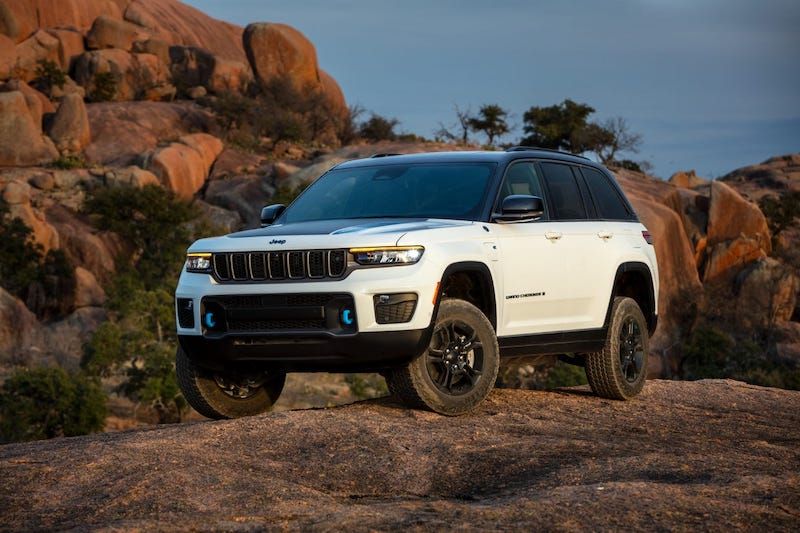
2023 Jeep Grand Cherokee Trailhawk Now PHEV Only
-

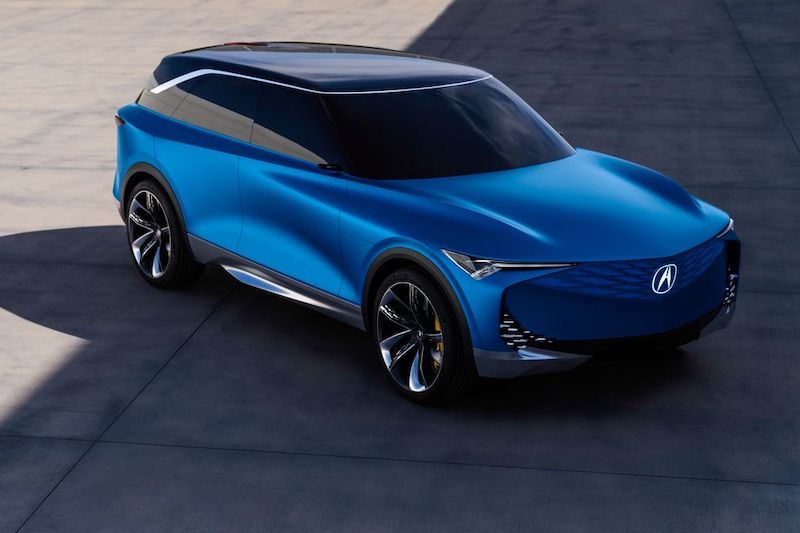
Acura Prevision EV Concept Previews Brand’s Electric Future
-

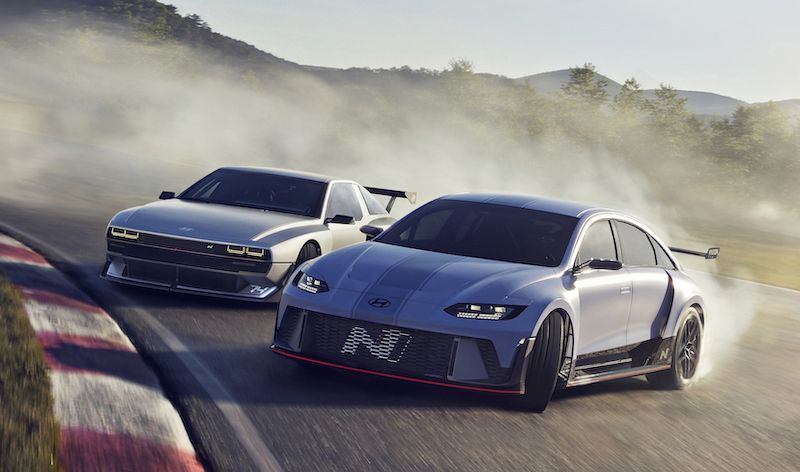
Hyundai Gets Serious About Electric Performance Cars, Shows off Two Concepts
-


Ford Looks to Have 100% of EV Sales Be Online
-

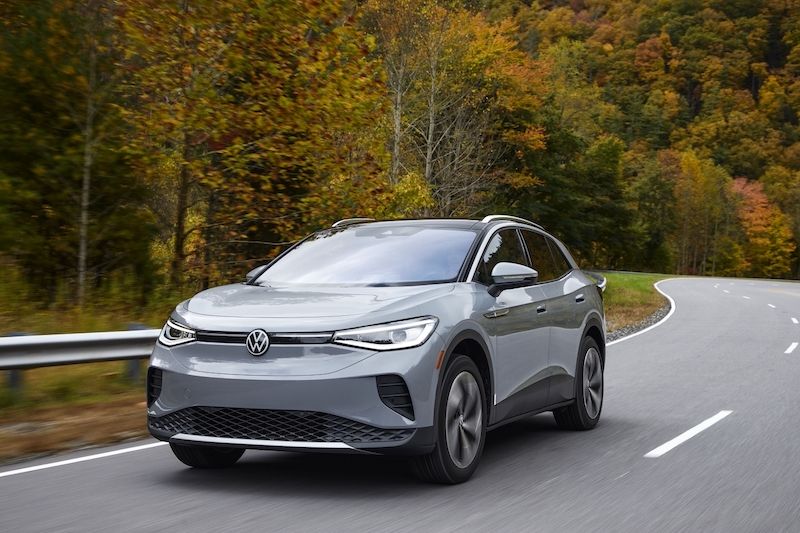
Volkswagen CEO Believes It Will Overtake Tesla in EV Sales by 2025
-

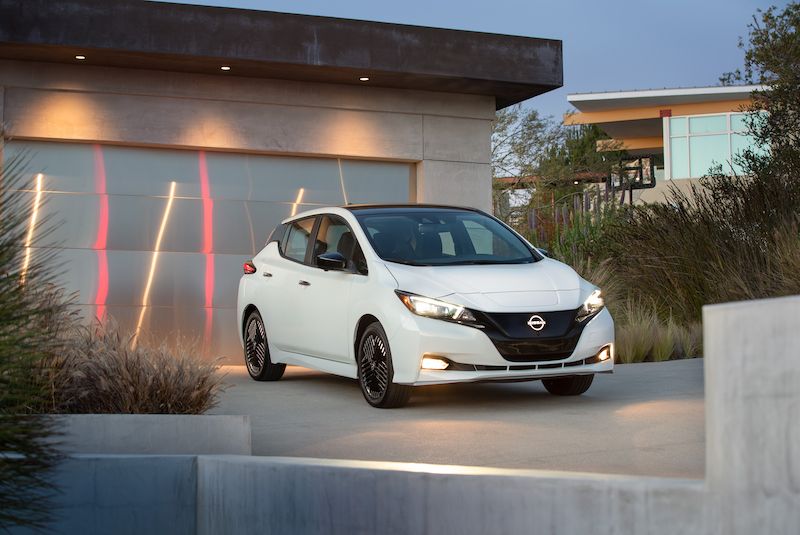
Report Claims Nissan Leaf Will Be Discontinued by 2025
-


Autonomous Vehicles Will Require Cities to Change Their Transportation Methods
-


Rivian, Mercedes-Benz Partner to Produce Electric Commercial Vans
- Honda and LG Energy Solutions to Build a $4.4 Billion Joint Venture EV Battery Plant in the U.S.
- Researchers at South Korea’s Chung-Ang University Develop a ‘Meta-Reinforcement’ Machine Learning Algorithm for Traffic Lights to Improve Vehicle Throughput
- Polestar Shares the First Image of the Polestar 3 Electric SUV Ahead of its October Debut
- BMW Expands i4 Lineup With the Affordable eDrive35
- Electric Truck Maker Rivian Opens the First Fast Chargers in Colorado for its Nationwide ‘Adventure Network’
- Tesla Rival XPeng Inc. to Start Deliveries of its New Flagship G9 Electric SUV in September, CEO Confirms After Sharing New Details
- Ford to Use Lithium Iron Phosphate Batteries for the First Time as it Aims to Produce 600,000 EVs a Year in 2023, Sets Up Global Supply Chain
- Baidu CEO Believes That SAE Level-4 Autonomous Driving Systems Will the First to Enter Commercial Use After L2, Skipping Over L3
- Hyundai Unveils the IONIQ 6 ‘Electric Streamliner’, its Bold Sedan With a 380-Mile Range and 18-Minute Charging Time
- Ford Issues ‘Stop Sale’ of the Electric Mustang Mach-E Over Possible Loss of Propulsion While Driving











 About Us
About Us Contact Us
Contact Us Careers
Careers